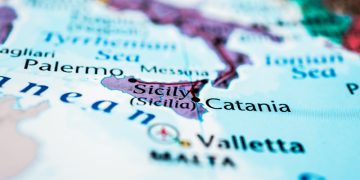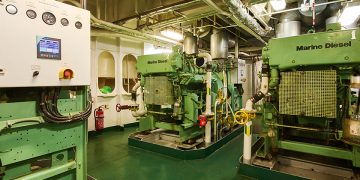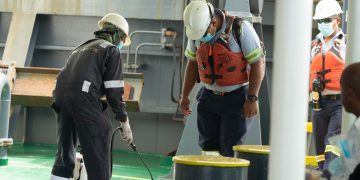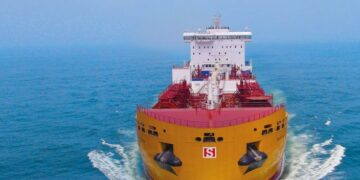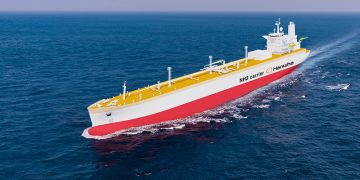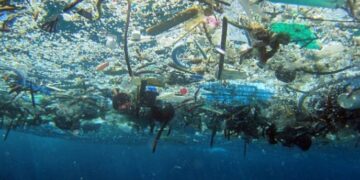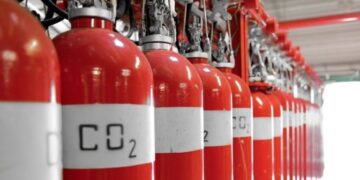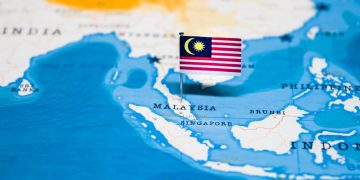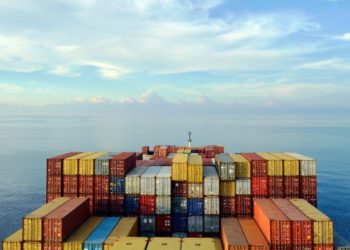Although blue hydrogen (made from fossil fuels) is currently cheaper than ‘green’ hydrogen (made from solar or wind electricity), the situation should reverse by 2030, according to latest analysis by Bloomberg NEF.
Blue hydrogen is produced from fossil sources, with carbon capture and storage (CCS), while green hydrogen is made from non-fossil sources and currently seen as a more attractive option by policymakers who are wary of keeping the fossil economy going, even with CCS. (To remind, a Rystad Energy analysis released in early 2021 showed that CCS solutions could address about 42% of the world’s total dirty footprint.)
As such, blue hydrogen is currently more cost-competititve than green, but the opposite should be true by 2030 in all major markets, as BloombergNEF expects renewable hydrogen to be cheaper by 2030 in all modeled countries, even those with cheap gas (such as the US) and those with pricy renewable power (such as Japan and South Korea).
[smlsubform prepend=”GET THE SAFETY4SEA IN YOUR INBOX!” showname=false emailtxt=”” emailholder=”Enter your email address” showsubmit=true submittxt=”Submit” jsthanks=false thankyou=”Thank you for subscribing to our mailing list”]
Currently, shipping is seeing great opportunities in green hydrogen. In March 2021, industry players including CMB, DFDS, Torvald Klaveness, Viking Cruises; the association of hydrogen and hydrogen-based fuel producers Hydrogen Europe; maritime classification society Lloyd’s Register; and commodities trader Trafigura, called on the European Commission to use the FuelEU Maritime initiative to stimulate the deployment of green hydrogen and ammonia for shipping.
In addition, Copenhagen-based A.P. Møller Holding, the parent company of shipping giant Maersk, revealed intentions in late 2020 to fund Green Hydrogen Systems, a supplier of modular electrolyzers producing green hydrogen from renewable energy, in line with ambitious EU hydrogen goals.
Last month, Port of Rotterdam, Europe’s major port, announced a new collaboration, under the name Transhydrogen Alliance, eyeing cooperation on production and import of green hydrogen and green ammonia to Europe via the Port. Expected to be operational by 2024, the project aims in the long-term to import a maximum of 500,000 tons of green hydrogen (equal to a maximum of 2.5 million tons of green ammonia) per year via the port of Rotterdam in Europe.
Meanwhile, in the oil and gas sector, French Total and Italian Engie joined forces in early January, to design, develop, build and operate France’s largest renewable hydrogen production site. The Masshylia project will be set up at Châteauneuf-les-Martigues in the Provence-Alpes-Côte d’Azur South region.
However, other oil and gas companies, including Norwegian Equinor and oil major Shell, plan to build blue hydrogen facilities in countries such as the UK, Netherlands, and Germany. Projects with expected start dates closer to 2030, such as Equinor’s H2Morrow plant in Germany, risk becoming uncompetitive against green hydrogen, Bloomberg NEF warned.
Even ‘gray’ hydrogen — today’s dominant form, made using fossil fuels without CCS — could cost more than green hydrogen by 2030 in 16 of the 28 countries BNEF modeled. This will unleash a tectonic shift in the hydrogen market,
…BloombergNEF noted.
Hydrogen technology is one of the most promising solutions for shipping decarbonization and expected to accelerate towards 2030, but there are a lot of things to be addressed as we move forward, panelists agreed during the latest GREEN4SEA Virtual Forum. Explore more here:




